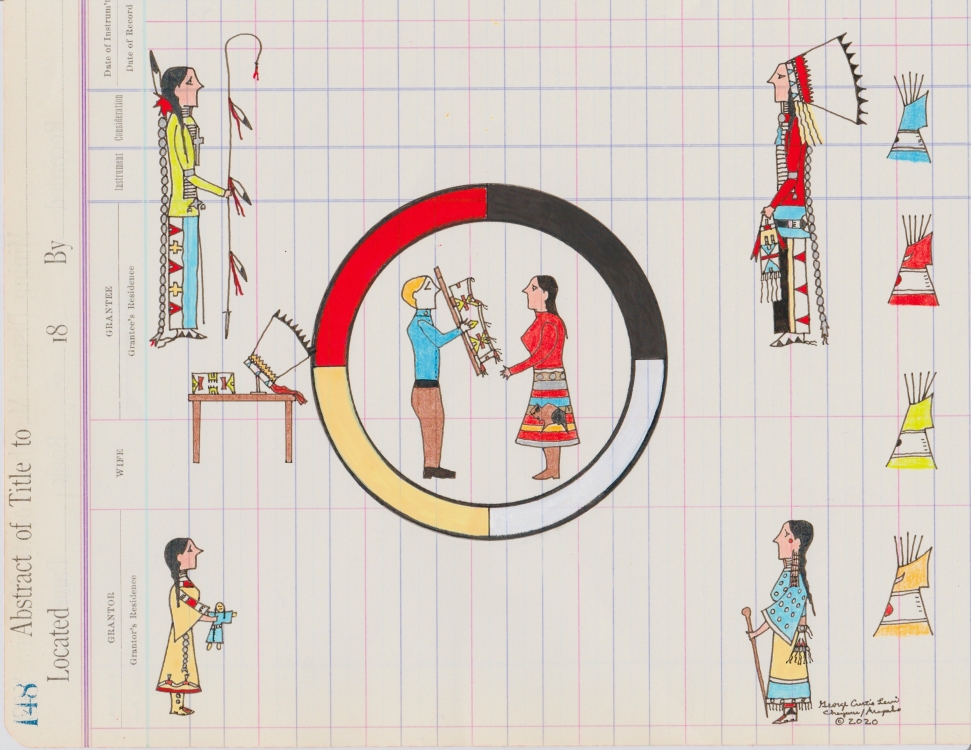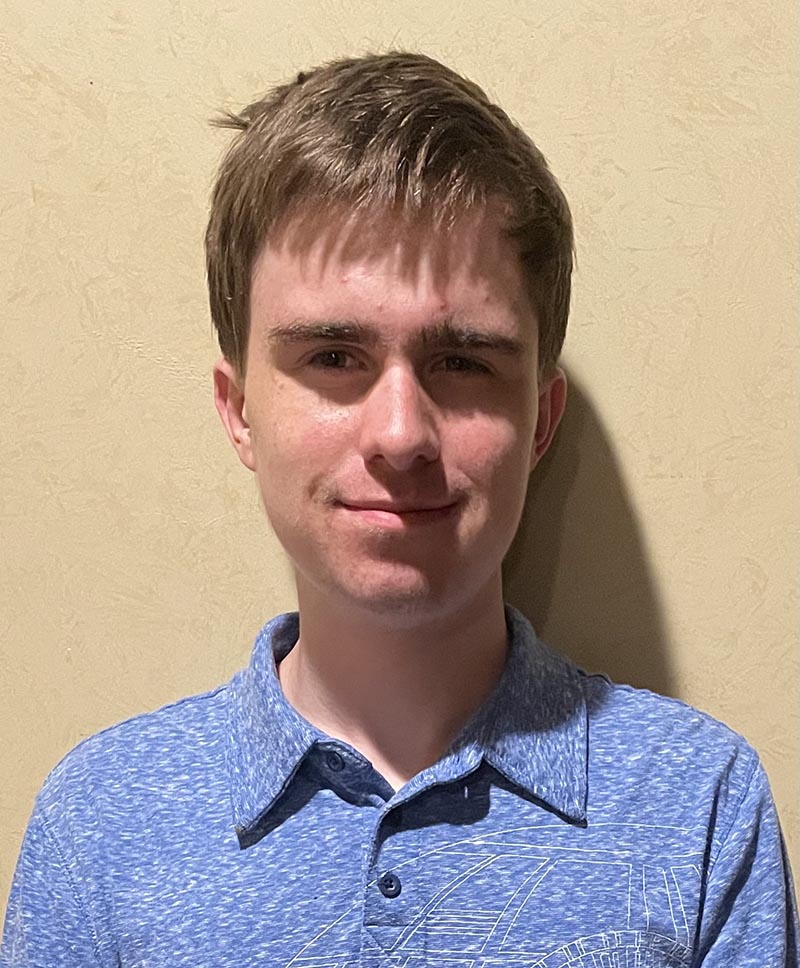
- Details
- By Andrew Kennard
WASHINGTON — The Department of the Interior announced on July 15 that it will begin consultations with tribal and Native Hawaiian community leaders about an overhaul of regulations that implement the Native American Graves Protection and Repatriation Act (NAGPRA). The draft regulations will reshape the processes by which federal agencies and museums return Native American human remains and cultural objects to descendents and Native communities.
“The repatriation of human remains and sacred cultural objects, and the protection of sacred sites is integral to preserving and commemorating Indigenous culture,” Principal Deputy Assistant Secretary of Indian Affairs Bryan Newland said in a department press release. “As the Department continues its work to confront the history of federal boarding schools – including returning the human remains of Native children to their families – we will implement the policies and requirements of NAGPRA to address tribal concerns.”
Want more Native News? Get the free daily newsletter today.
The Interior Department said the proposed new rules no longer require Native communities to initiate the repatriation process, and instead put the responsibility of completing the process on museums and federal agencies.
Under the drafted rules, museums and agencies would be required to consult with descendents and Native groups when they complete an inventory of human remains and the objects discovered with the remains, or “funerary objects.” Inventories would have to be completed two years after the new rules took effect, and a Notice of Inventory Completion would have to be published six months after that. The regulations also establish a timeline for repatriations to take place following the publication of the notice.
“Changes to NAGPRA regulations are long overdue,” Interior Secretary Deb Haaland said. “It is crucial that as we consider changes, we consult with Tribes and Native Hawaiian communities at each step. I’m hopeful this process will eliminate unnecessary burdens to the repatriation process and allow Indigenous peoples greater access to their ancestors’ remains and sacred items.”
The Interior Department also said the proposed changes “simplify and improve” regulations of the repatriation process and “rectify provisions that inhibit and effectively prevent the respectful repatriation of most Native American human remains and cultural items.” The new changes include many of the recommendations made by 73 representatives of 52 tribes during a 2011 NAGPRA consultation, according to a summary issued by the department.
‘The museums can’t hold back’
The inventory process requires museums and agencies to determine cultural affiliation, or which tribe or Native Hawaiian community the remains and funerary items belong to. The new deadlines will reduce museums and agencies’ ability to delay this determination, which must happen for repatriation to take place.
Tribes can also use another avenue called the disposition process to take possession of items that aren’t culturally affiliated. The disposition process doesn’t currently include funerary objects, but the proposed regulations would require museums and agencies to keep Native American remains and funerary objects together during disposition.
“So, many institutions have refused to make a declaration of cultural affiliation so that they can keep items,” said Shannon O’Loughlin, Chief Executive Officer and Attorney at the Association on American Indian Affairs (AAIA). “So, by changing this, and by changing the way disposition can happen, when items are supposedly unaffiliated… the museums can’t hold back.”
O’Loughlin (Choctaw) told Native News Online that this change will open up new possibilities for tribes that are not federally recognized to take possession of funerary objects. She explained that non-federally recognized tribes can’t use the repatriation process and therefore must use the disposition process instead. O’Loughlin also said that institutions often delay repatriation by asking tribes to provide more information before they determine cultural affiliation.
As of Sept. 30, the National NAGPRA Program reported that around two-thirds of the Native American remains that have been reported under NAGPRA since 1990 are not culturally affiliated. Around 84 percent of those remains have been reported in an inventory but have not been listed in a Notice of Inventory Completion, a process that includes determining cultural affiliation.
‘A comprehensive redo’
The Department of the Interior also said the draft regulations simplify, clarify, and correct complicated and inaccurate requirements. O’Loughlin called the changes a “comprehensive redo.”
“Prior to this, and even now, the regulations are extremely burdensome and complicated,” O’Loughlin said. “You’re constantly going back and forth between different provisions of the act to figure out how things are supposed to work. It’s not drafted to be a simplified process for museums, which are much different than federal agencies, or for tribes, to make sure that their rights are protected.”
O’Loughlin said that the AAIA will be working together with attorneys, friendly museum curators, tribal officials, spiritual practitioners, and others to craft recommendations for tribes before the Interior Department begins consulting with them about the proposed rules. Following consultation, the department said it plans to propose a notice of proposed rulemaking for public comment in October 2021.
“We’re also wanting to recommend to tribes where they may want to push if something hasn’t been taken care of, or where things have been revised and are good,” O’Loughlin said.
More Stories Like This
Native News Weekly (August 25, 2024): D.C. BriefsUS Presidents in Their Own Words Concerning American Indians
Oral History Project Announces 14th Stop in Portland, Oregon: NABS Continues to Gather Crucial Stories Across Indian Country
25th Navajo Nation Council Stands with Victim Advocates During Domestic Violence Awareness Month
Monday Morning (October 20, 2025): Articles You May Have Missed This Past Weekend
Help us tell the stories that could save Native languages and food traditions
At a critical moment for Indian Country, Native News Online is embarking on our most ambitious reporting project yet: "Cultivating Culture," a three-year investigation into two forces shaping Native community survival—food sovereignty and language revitalization.
The devastating impact of COVID-19 accelerated the loss of Native elders and with them, irreplaceable cultural knowledge. Yet across tribal communities, innovative leaders are fighting back, reclaiming traditional food systems and breathing new life into Native languages. These aren't just cultural preservation efforts—they're powerful pathways to community health, healing, and resilience.
Our dedicated reporting team will spend three years documenting these stories through on-the-ground reporting in 18 tribal communities, producing over 200 in-depth stories, 18 podcast episodes, and multimedia content that amplifies Indigenous voices. We'll show policymakers, funders, and allies how cultural restoration directly impacts physical and mental wellness while celebrating successful models of sovereignty and self-determination.
This isn't corporate media parachuting into Indian Country for a quick story. This is sustained, relationship-based journalism by Native reporters who understand these communities. It's "Warrior Journalism"—fearless reporting that serves the 5.5 million readers who depend on us for news that mainstream media often ignores.
We need your help right now. While we've secured partial funding, we're still $450,000 short of our three-year budget. Our immediate goal is $25,000 this month to keep this critical work moving forward—funding reporter salaries, travel to remote communities, photography, and the deep reporting these stories deserve.
Every dollar directly supports Indigenous journalists telling Indigenous stories. Whether it's $5 or $50, your contribution ensures these vital narratives of resilience, innovation, and hope don't disappear into silence.
 The stakes couldn't be higher. Native languages are being lost at an alarming rate. Food insecurity plagues many tribal communities. But solutions are emerging, and these stories need to be told.
The stakes couldn't be higher. Native languages are being lost at an alarming rate. Food insecurity plagues many tribal communities. But solutions are emerging, and these stories need to be told.
Support independent Native journalism. Fund the stories that matter.
Levi Rickert (Potawatomi), Editor & Publisher

